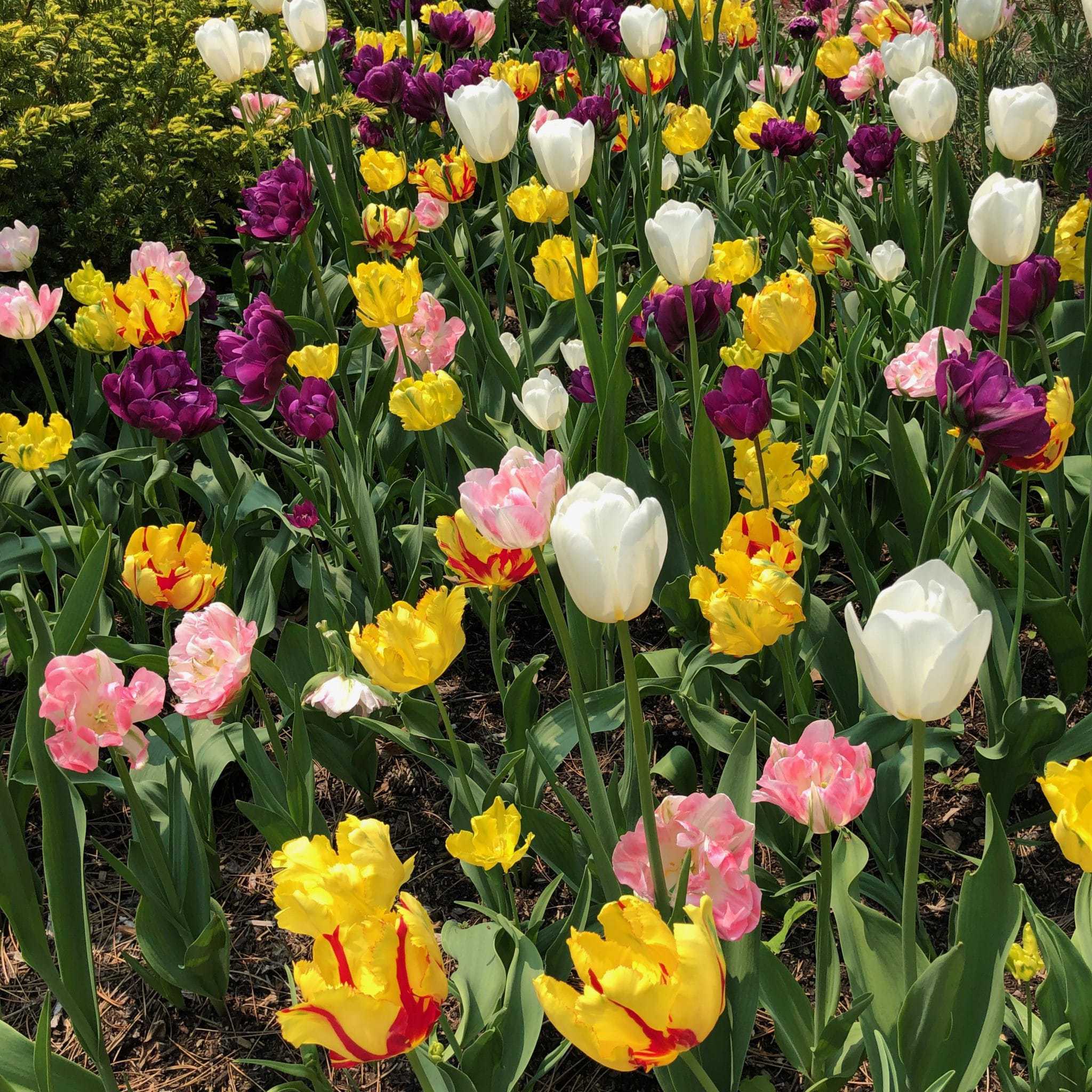This year, I’m determined not to wait until the coldest, windiest, wettest day to plant my bulbs. I’m an expert at bulb planting procrastination, and sometimes it’s closer to Christmas than Thanksgiving when the last bulb is tucked in. To keep me motivated, I’m reviewing these “Bulb planting tips.”
If you’re still deciding what bulbs to plant, “25 recommendations for favourite bulbs” is a good starting point.

Is that plant poisonous?
Gardeners are sometimes asked if a particular plant is poisonous. Turning to the Internet or folklore handed down by our grandparents for information might not be the best option. Science-based answers are safer than myths.
Cornell’s department of animal science has an extensive database that’s easily searchable and full of detail. For example, what species is eating the plant: Pets? livestock? children? adults? What part of the plant is being eaten: Leaves? roots? berries? flowers? And much depends on how much is being ingested: A nibble? A bushel?
Be sure to read the FAQ on whether poinsettias are poisonous to Mittens or Rover. They’re not, but interestingly amaryllis is.
News from Lost Horizons
Sad news for gardeners in Ontario: This will likely be the last season for plant sales at Lost Horizons Nursery, the venerable plant mecca near Acton owned by Larry Davidson. His nursery and house have been for sale for several years, but Larry has kept the nursery business going during that time. However, Oct. 4 will be the last day the nursery will be open unless a purchaser comes along. (Incidentally, all plants are 20% off until then.)
Many of my favourite perennials have come from Lost Horizons and I, along with other plant lovers, will miss the selection of rare and hard-to-find plants Larry and his staff offered. “We are very thankful to our loyal customers and know that the closing of Lost Horizons will be another loss to horticulture in Ontario, but we have done our best to pass it on,” Larry says.
Neighbourhood butterfly habitat
Project Swallowtail is a new initiative to encourage homeowners in west Toronto communities to create a kind of habitat corridor by planting trees, shrubs and other native plants to host the caterpillars of swallowtail butterflies.
These connected greenspaces will allow swallowtail butterflies to move through all stages of their lifecyle and help butterfly populations thrive.
Wouldn’t it be wonderful if communities in other cities created pockets like this?
